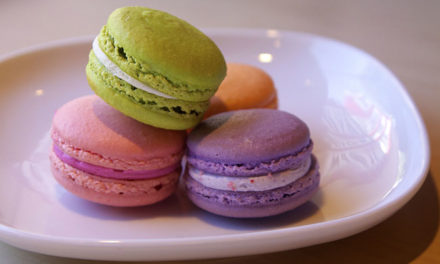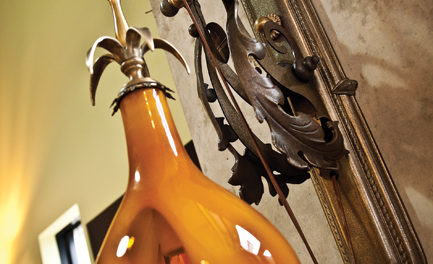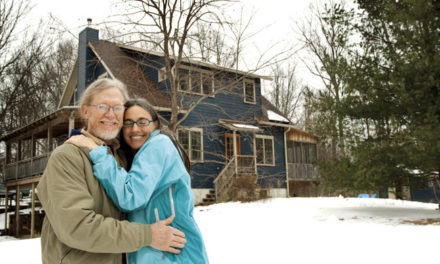
iStock / konradlew
BY MOYA ANDREWS
Dandelions (Taraxacum officinale) are perennial weeds, with long-lived seeds and deep taproots, found everywhere in the world except in arctic regions. Nearly everybody knows their name, and they are one of the first flowers children pick. But despite, or perhaps because of, their familiarity, they do not garner much respect. Yet they are forgiving, versatile, persistent, and durable. If they are mowed down, they just shoot back up.
They increase and bloom throughout the year, but in the spring they are most noticeable on lawns. Their cheerful flowers, like discs of compressed sunshine, are followed by spherical heads that are efficient seed dispersers.
The seeds from European dandelions were transported by colonists across the Atlantic Ocean during the 17th century. They were carried in the colonists’ clothing, in seed corn, and in animals’ hooves, and they germinated in the cleared forests, plowed fields, pastures, and prairies of the New World. By 1860 they had reached the West Coast of the Americas.
Coffee can be made from their roasted roots, the fresh-cleaned young leaves are yummy in salads, and even writers like Dylan Thomas have mentioned dandelion wine.
Dandelions soaked in white wine produced a diuretic used by medieval herbalists, and their dried leaves yielded significant amounts of potassium. This resulted in the common name “piss-a-beds,” which fortunately has not survived in our vernacular.
Like many of the plants we dismiss as weeds today, dandelions have a long history of coexistence with humans because of their medicinal and culinary uses. Richard Mabey, who wrote a defense of nature’s most unloved plants, states that “plants become weeds when they obstruct our plans, or our tidy maps of the world. If you have no such plans or maps, they can appear as innocents, without stigma or blame.” This belief is summed up in the old adage “a weed is a plant in the wrong place.”
It is the eye of the beholder, rather than the characteristics inherent in the plant itself, that determines the category to which it is assigned. Think on this when you take on the never-ending task of digging dandelions out of your lawn this spring.
Dandelion poems provided by Moya Andrews
Dandelions
Some young and saucy dandelions
Stood laughing in the sun;
They were brimming full of happiness,
And running o’er with fun.
At length they saw beside them
A dandelion old;
His form was bent and withered,
Gone were his locks of gold.
“Oh, oh” they cried, “just see him;
Old graybeard, “how d’ ye do?
We’d hide our head in the grasses,
If we were as bald as you.”
But lo! When dawned the morning,
Up rose each tiny head,
Decked not with golden tresses,
But long grey locks instead.
– Unknown author
To the Dandelion
Dear common flower, that grows beside the way,
Fringing the dusty road with harmless gold!
First pledge of blithesome May,
Which children pluck, and full of pride uphold
High- hearted buccaneers, o’erjoyed that they
An Eldorado in the grass have found,
Which not the rich earth’s ample round
May match in wealth! Thou art more dear to me
Than all the prouder summer-blooms may be.
– James Russell Lowell (first stanza of a longer poem).











